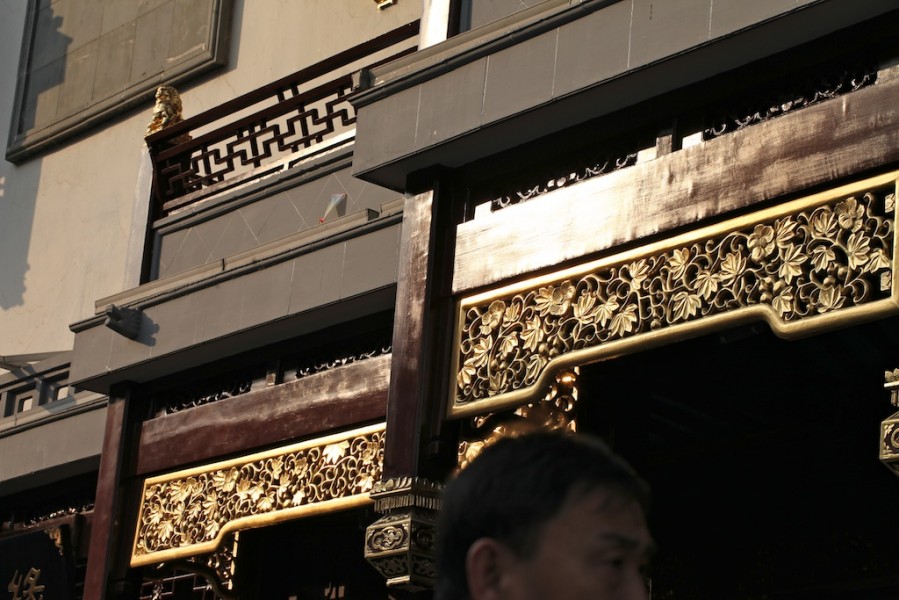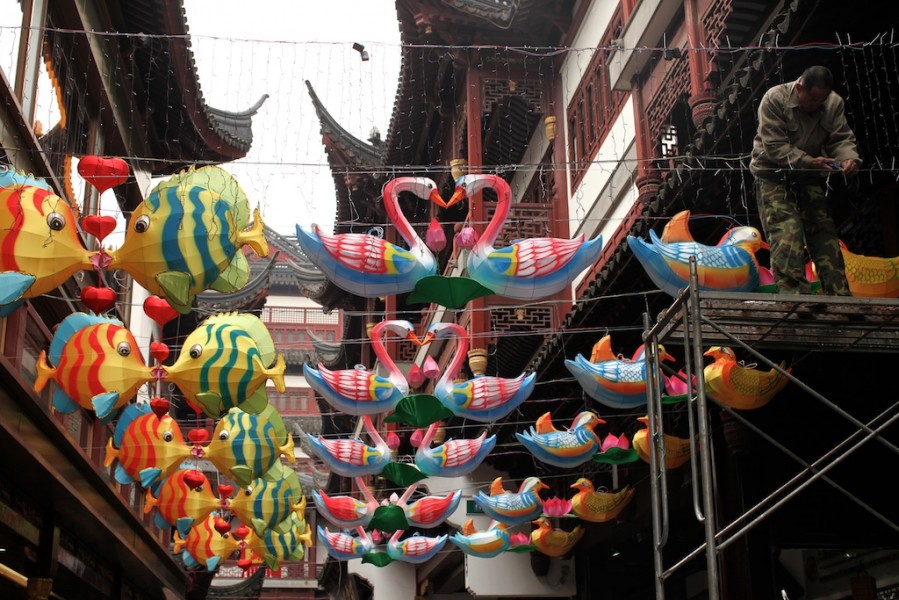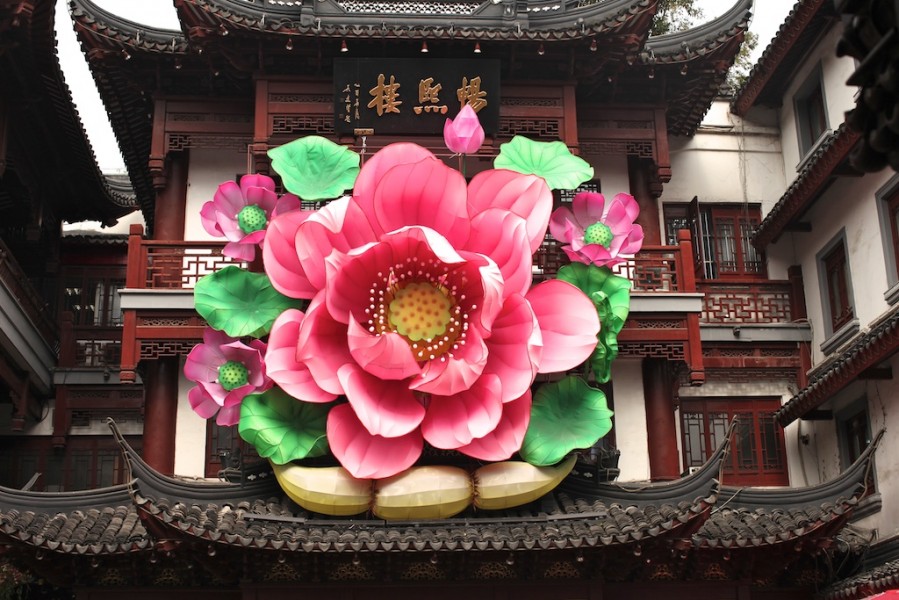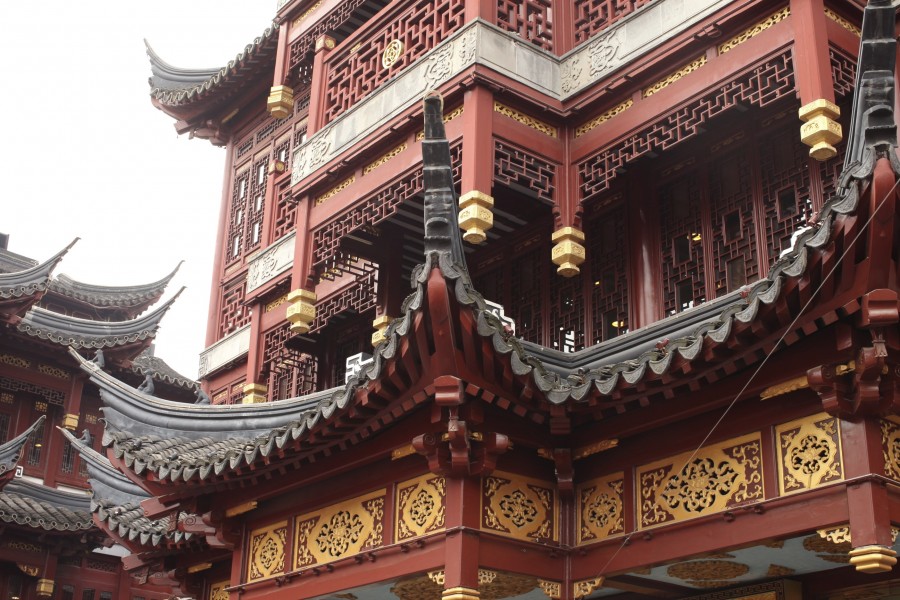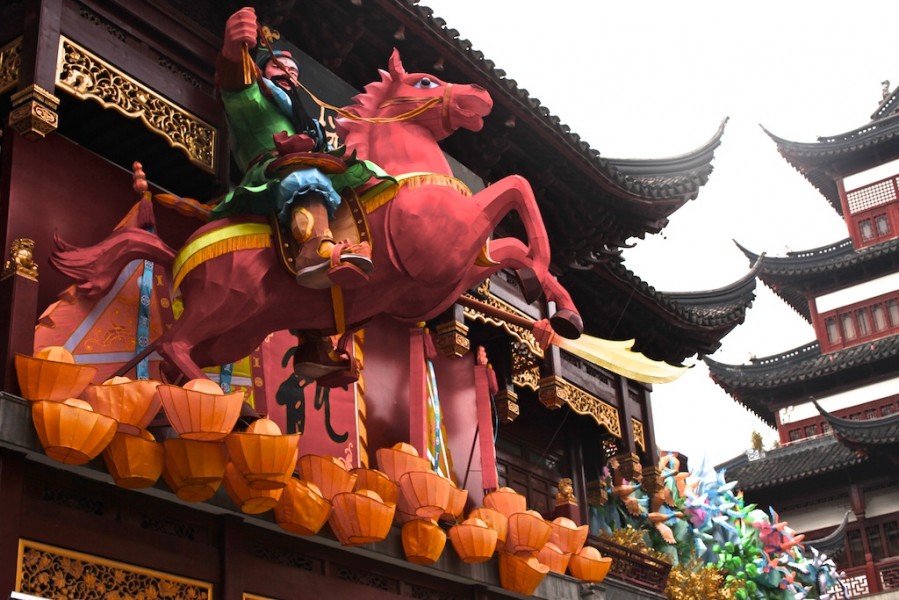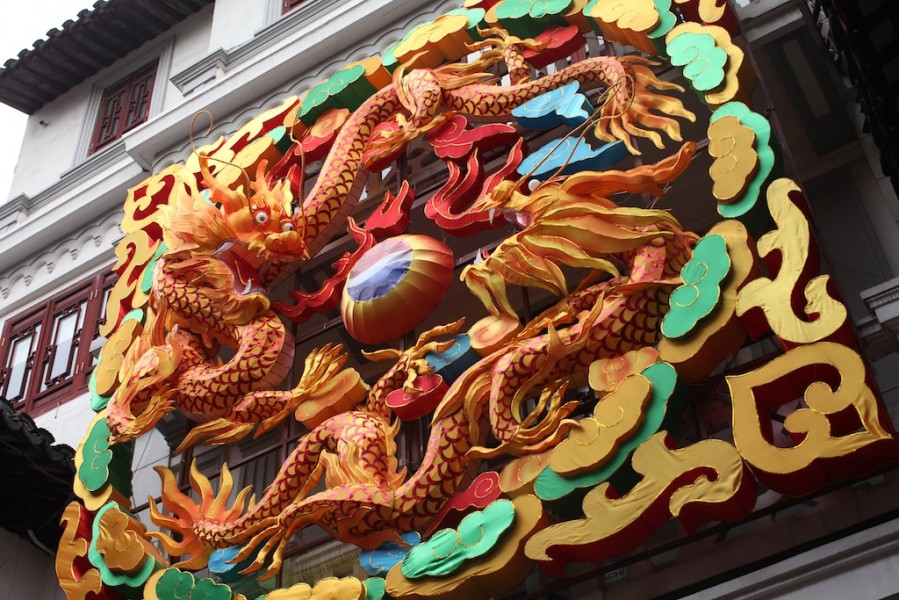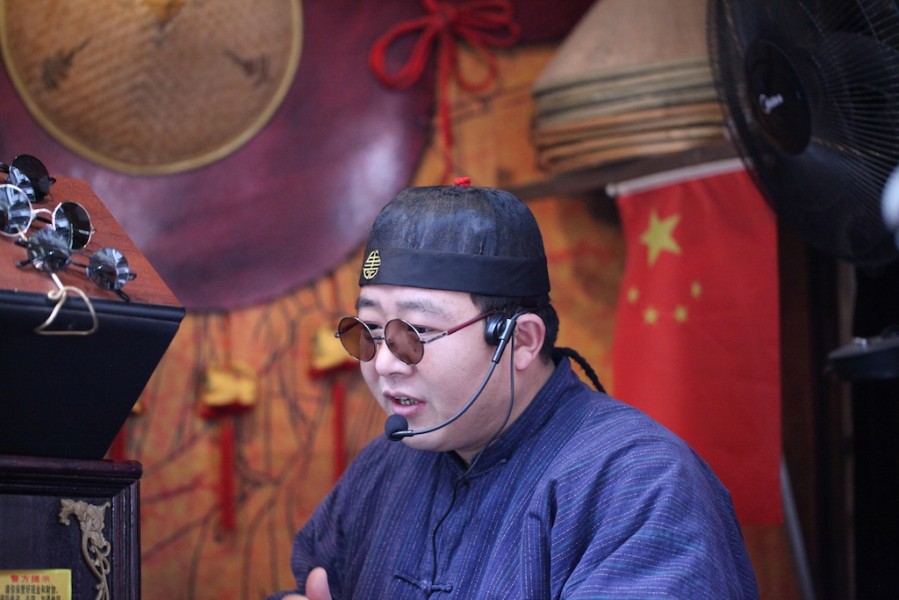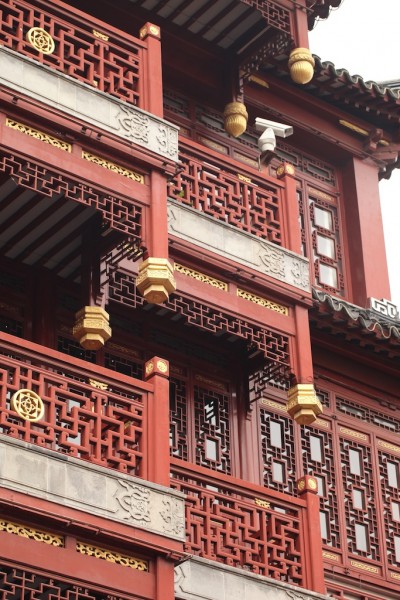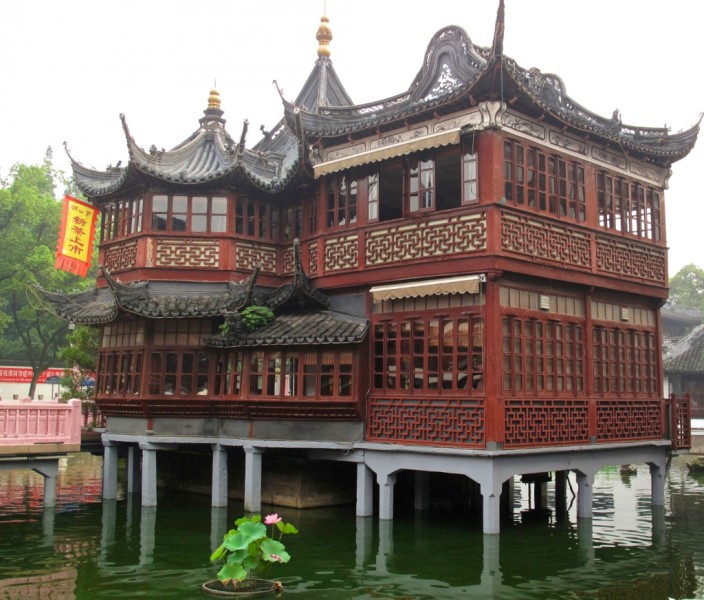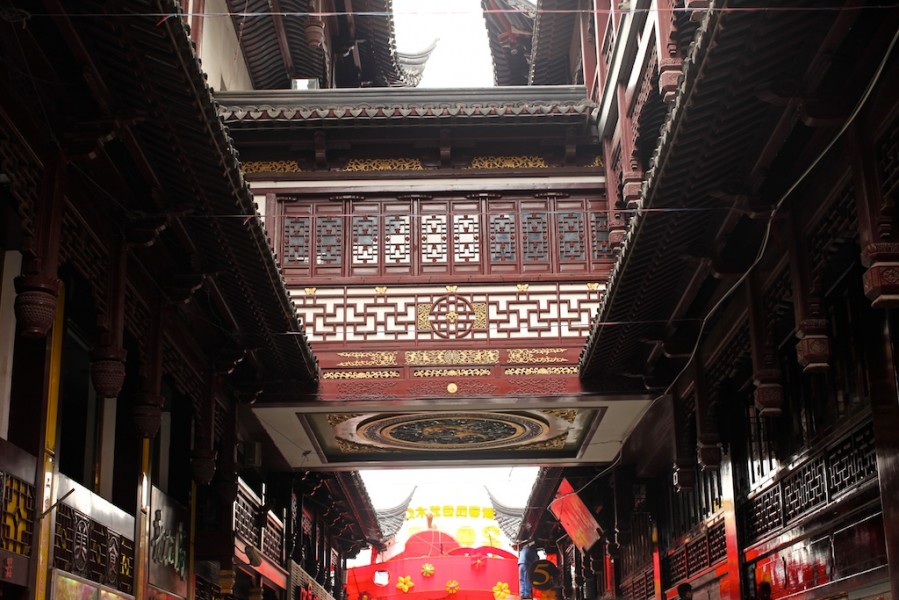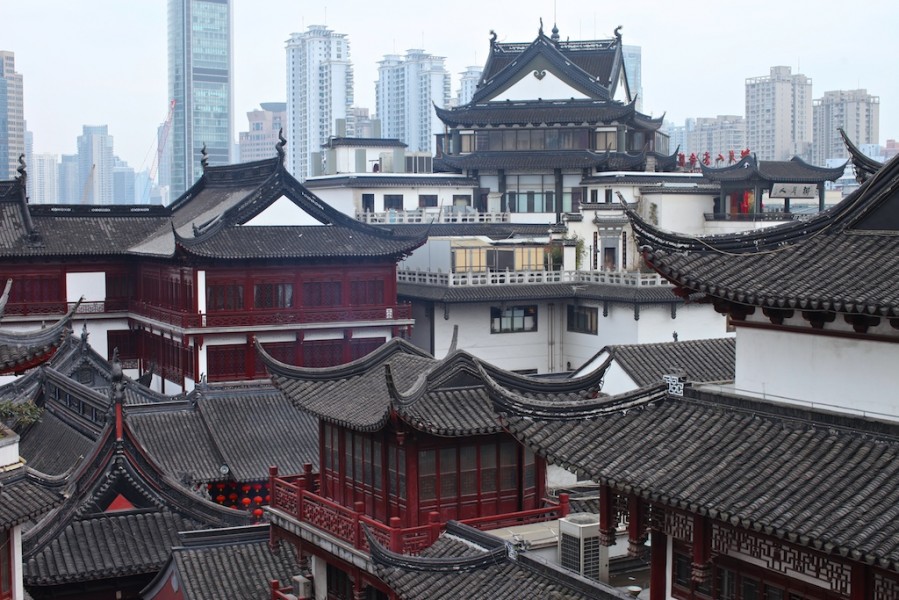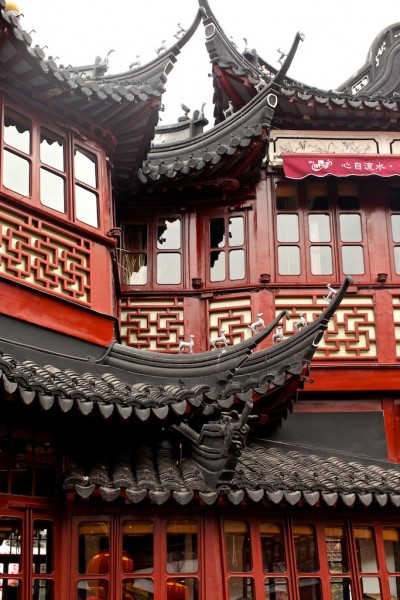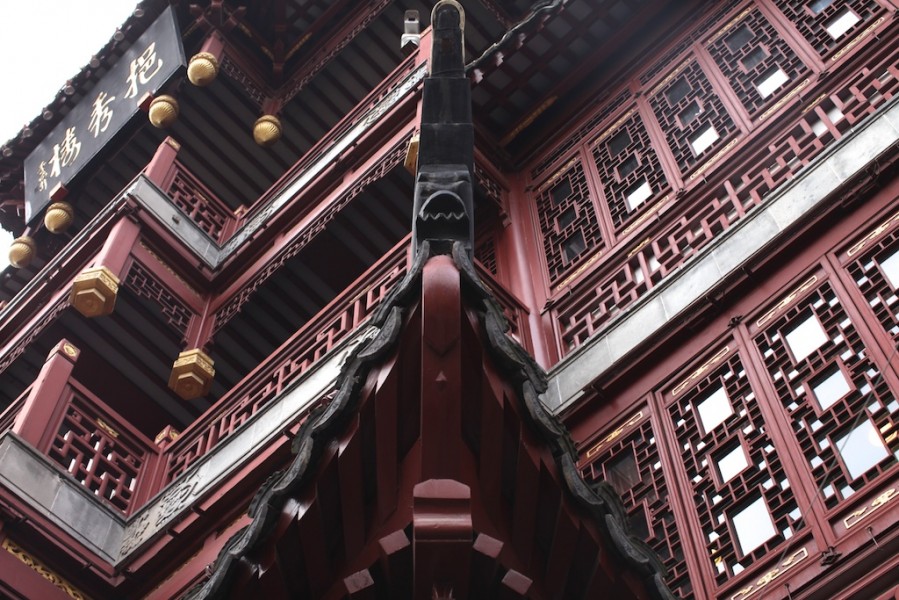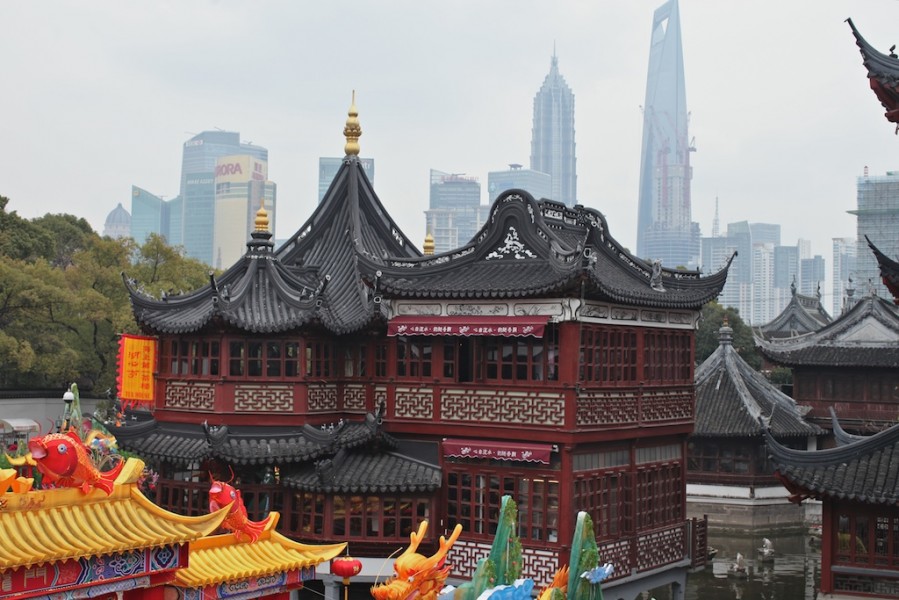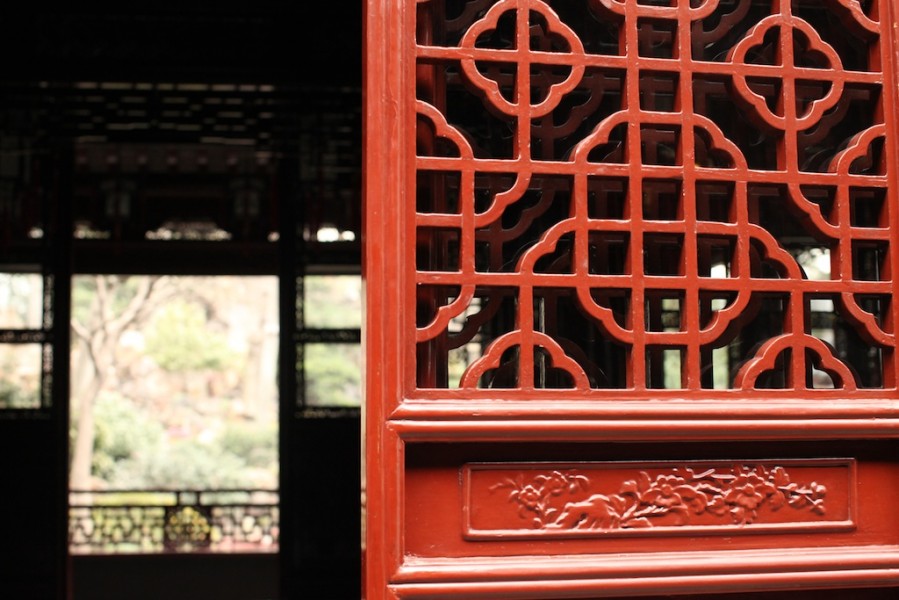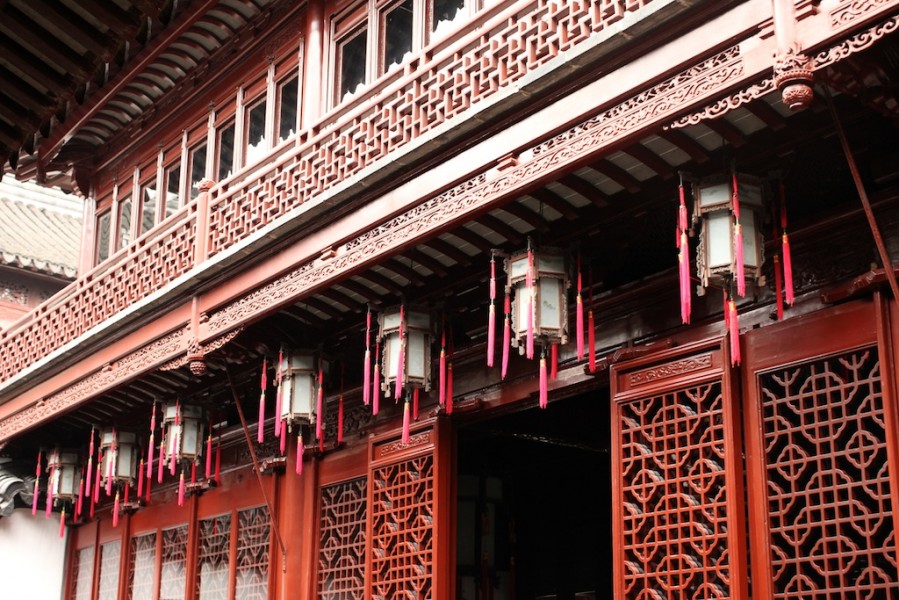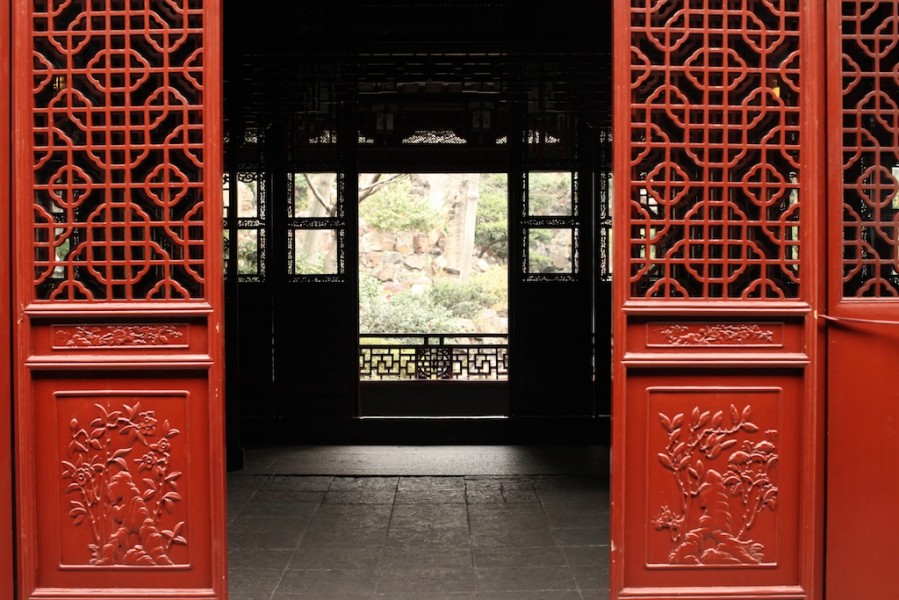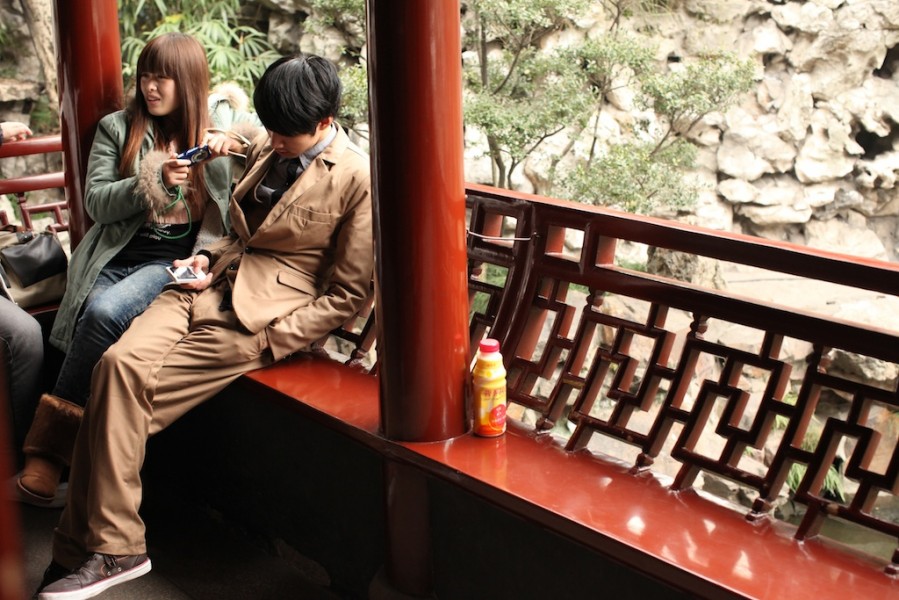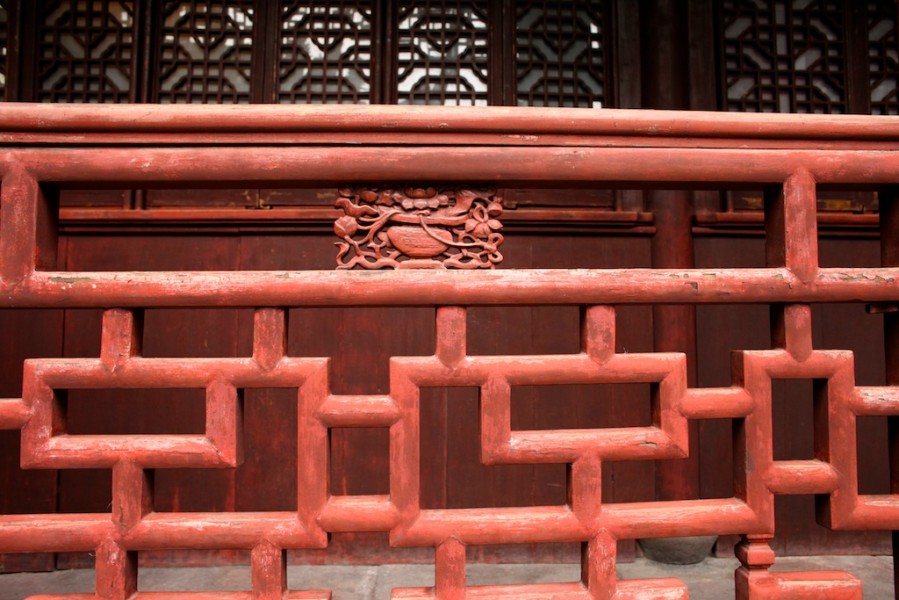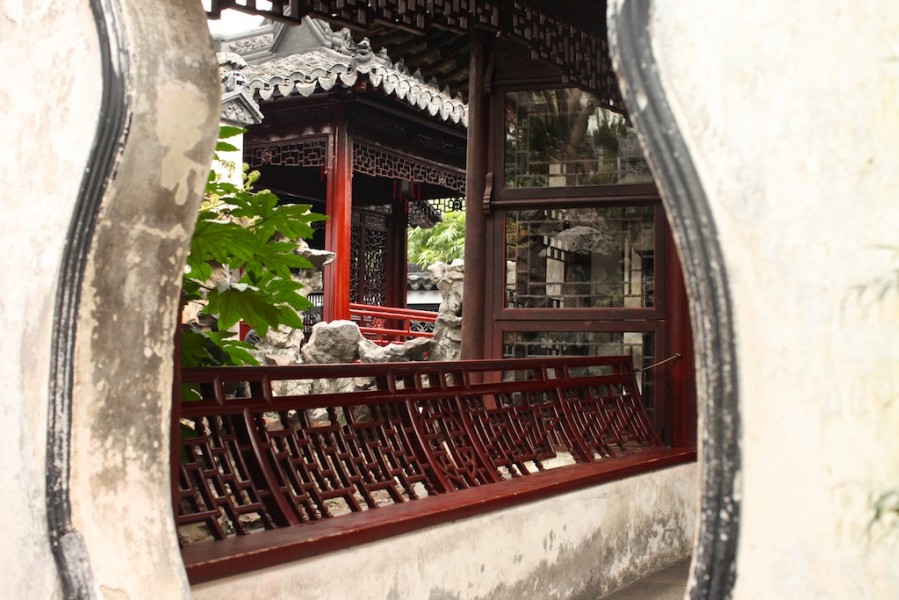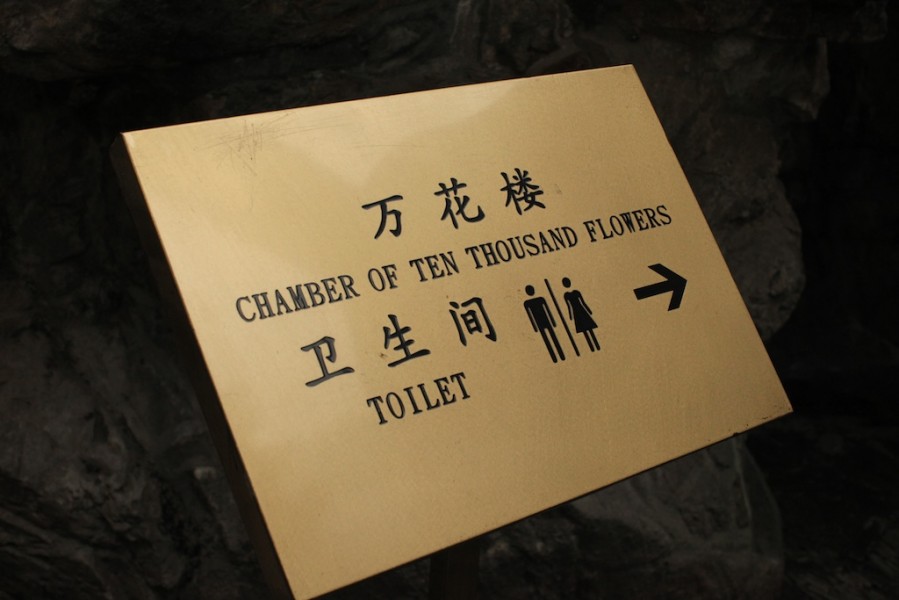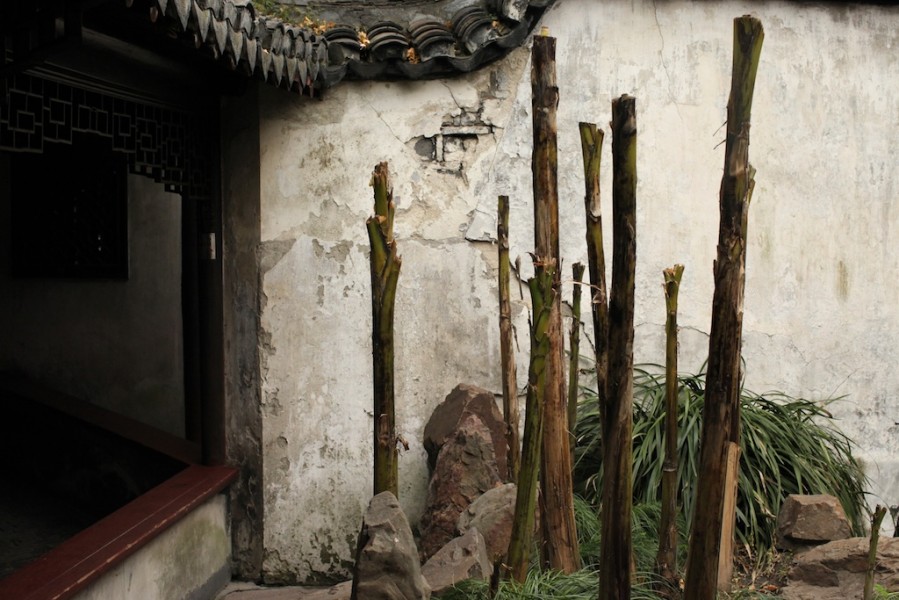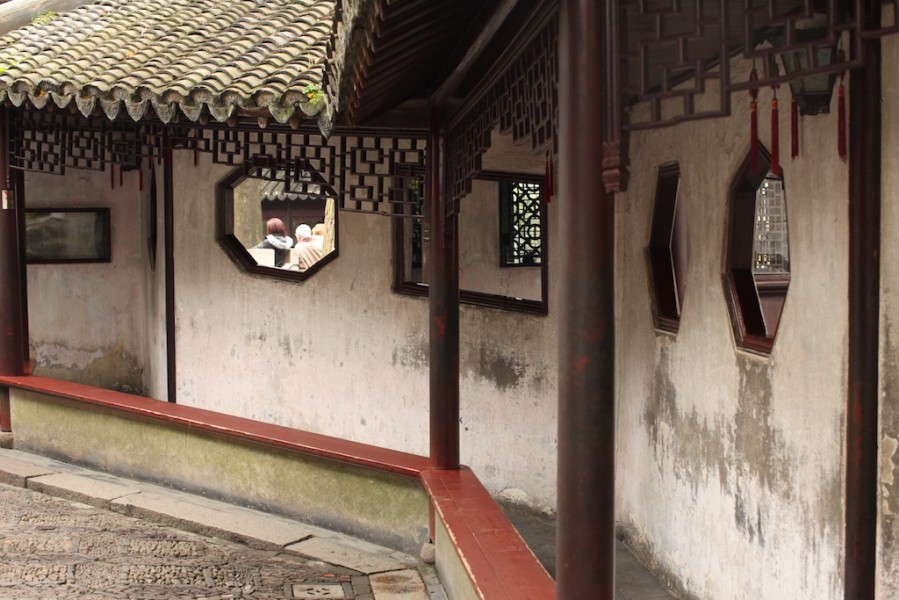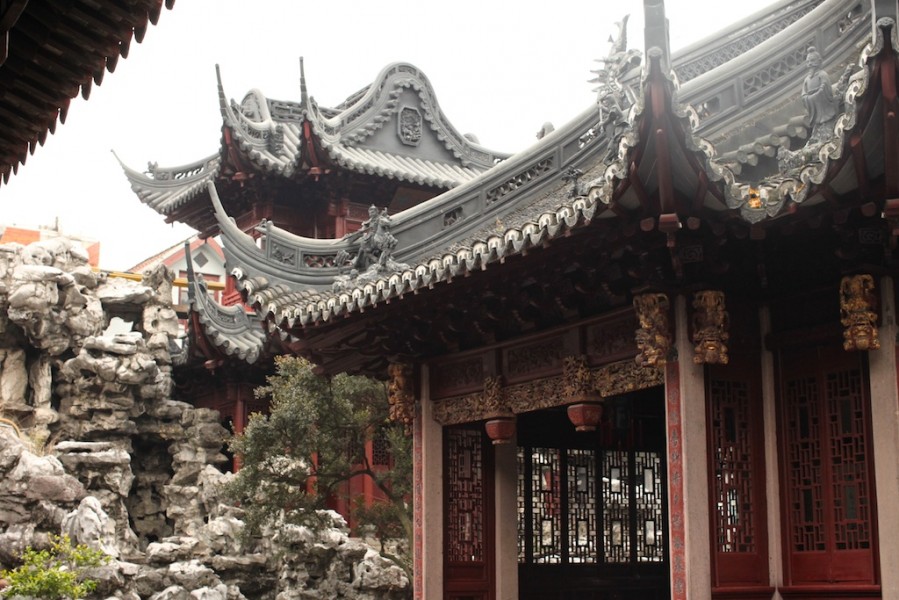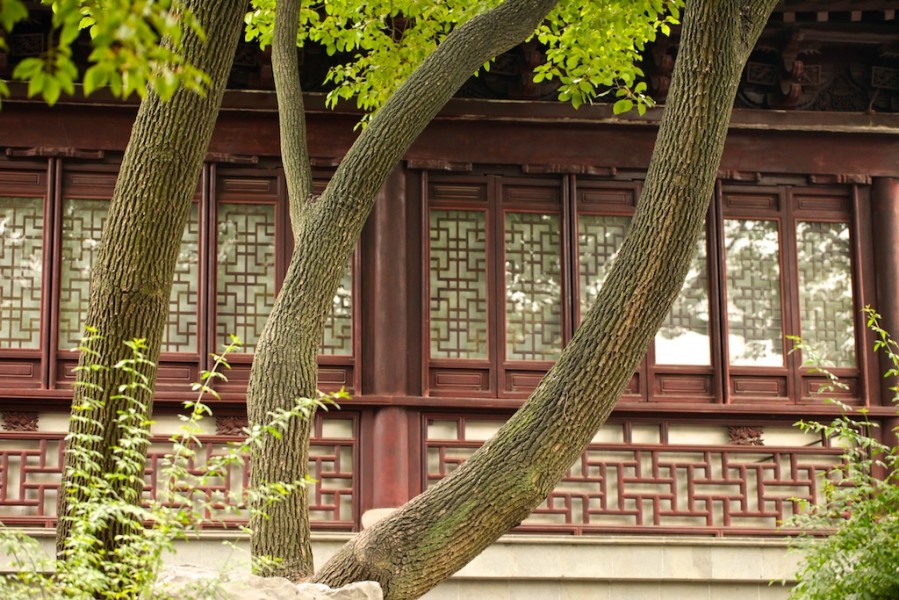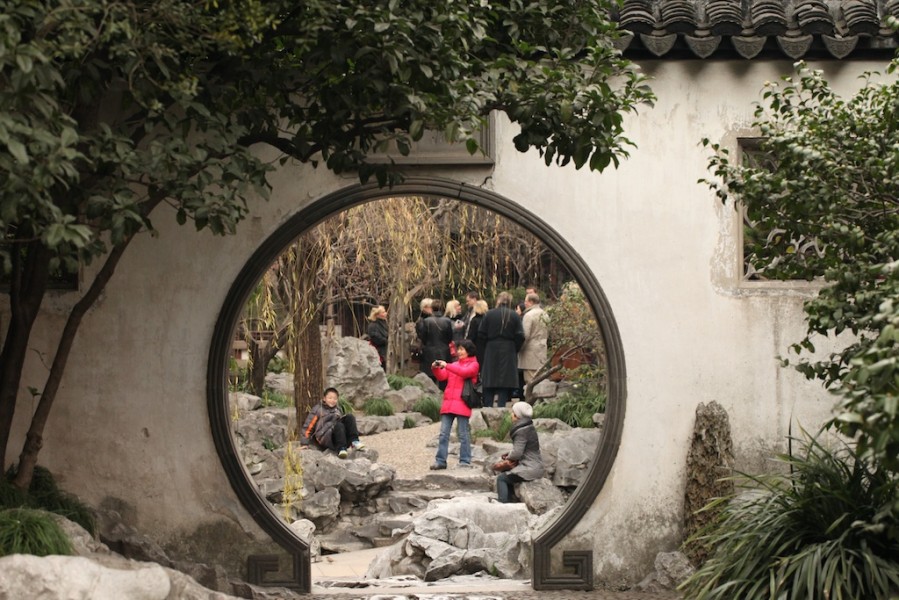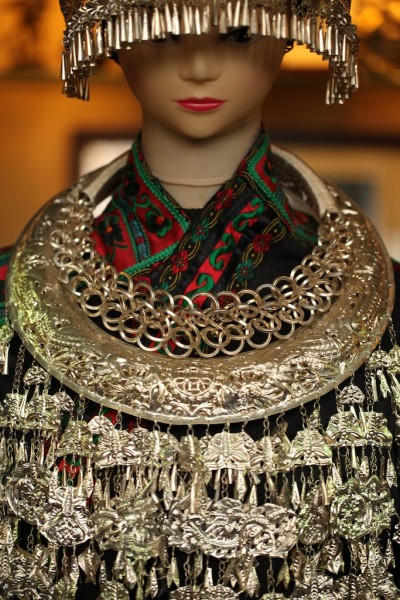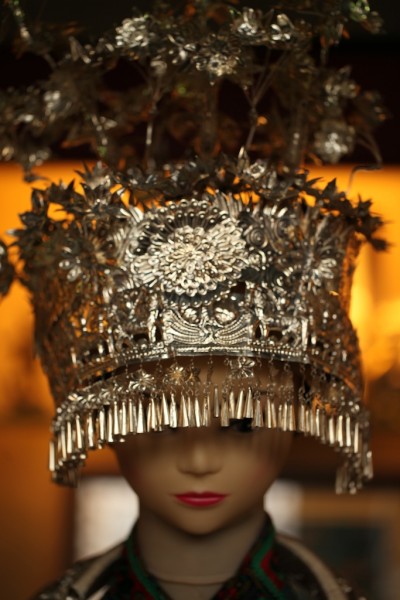” My house is built amid the world of men,
Yet with no sound and fury do I ken.
To tell you how I can keep deaf and blind,
Any place is calm for a peaceful mind.”
Tao Yuanming
(English translation by Wang Rongpei)
Yuyuan Garden is a famous classical garden located in Anren Jie, Shanghai. The garden was finished in 1577 by a government officer of the Ming Dynasty (1368-1644) named Pan Yunduan. Yu in Chinese means pleasing and satisfying, and this garden was specially built for Pan‘s parents as a place for them to enjoy a tranquil and happy time in their old age.
In the 400 years of its existence, Yuyuan Garden had undergone many changes. During the late Ming Dynasty, it became very dilapidated with the decline of Pan‘s family. In 1760, some rich merchants bought Yuyuan Garden and spent more than 20 years reconstructing the buildings. During the Opium War of the 19th century, Yuyuan Garden was severely damaged. The Yuyuan Garden you see today is the result of a five year restoration project which began in 1956. The garden was open to the public in September, 1961.
Yuyuan Garden occupies an area of 20,000 square meters (about five acres). However, the small size is not a representative of the attractions of the garden. The pavilions, halls, rockeries, ponds and cloisters all have unique characteristics. There are six main scenic areas in the garden: Sansui Hall, Wanhua Chamber, Dianchun Hall, Huijing Hall, Yuhua Hall and the Inner Garden. Each area features several scenic spots within its borders.
Upon entering the garden, you will encounter a rockery, which is called the Great Rockery. With a height of 14 meters (about 50 feet), it is the largest as well as the oldest rockery in the southern region of the Yangtze River. On the top of the rockery, you can get a bird’s eye view of the garden. Cuixiu Hall sits at the foot of the rockery. It is a quiet and elegant place surrounded by old trees and beautiful flowers. Visitors will find curio shops in the Cuixiu Hall.
Sansui Hall was built in 1760 and was originally used to entertain guests. Later it became a place to hold ceremonies for the gentlemen and bookmen. With a height of nine meters (about 30 feet) and featuring five halls, it is the largest and most commodious structure in the garden. The name Sansui is derived from the book History of the later Han Dynasty, and means ‘propitious’ and ‘lucky’.
Wandering in the area of Yule Pavilion and Wanhua Chamber, you will find pavilions, corridors, streams, courtyards as well as many other natural features. Wanhua Chamber is a delicately chased building surrounded by derious cloisters. Spring bamboos grow beside the cloisters. In front of Wanhua Chamber, there are two old trees. One is a maidenhair tree which is 21 meters tall (about 70 feet).It is said that the tree was planted by the host of the garden 400 years ago.
The Dianchun Hall area is located east of Wanhua Chamber, and includes Hexu Hall, Relic Hall, Ancient Well Pavilion, and the Acting-and-Sing Stage. Dianchun Hall was once the headquarters of Xiaodao Hui, a revolted group who fought against the government of the Qing Dynasty (1644-1911) during 1853-1855. The coins made by Xiaodao Hui and the bulletins they proclaimed are currently displayed in the hall.
The true treasure of Yuyuan Garden is the Exquisite Jade Rock. Located across from Yuhua Hall, it is one of the three famous rocks in the southern region of the Yangtze River. (The other two are Duanyun Feng in Suzhou and Zhouyun Feng in Hangzhou.) The rock is 3.3 meters (about 10.8 feet) in height and has 72 holes. What is interesting about this rock is that if you burn a joss stick just below the rock, the
smoke will magically float out from all of the holes. Similarly, when you pour water into the rock from top, the water will flow out from each hole creating a spectacular sight to see. Pan Yunduan was very fond of the Exquisite Jade Rock, and he built Yuhua Hall facing the rock so it was convenient to sit in the hall and admire it. The furnishings in the hall were made of top grade rosewood of the Ming Dynasty, appearing both natural and graceful.
The Inner Garden was a separate garden built in 1709, but is now a part of Yuyuan Garden in the south. The Inner Garden is compact and exquisite, and the rocks, pavilions, ornamental ponds and flower walls offer some of the most attractive sceneries in Yuyuan Garden.
A true paradise of serenity in the midst of the most hectic city in China. check this place out!
Joelle’s Tips:
The Park: Yu Yuan Gardens
The Source : China Travel Guide

